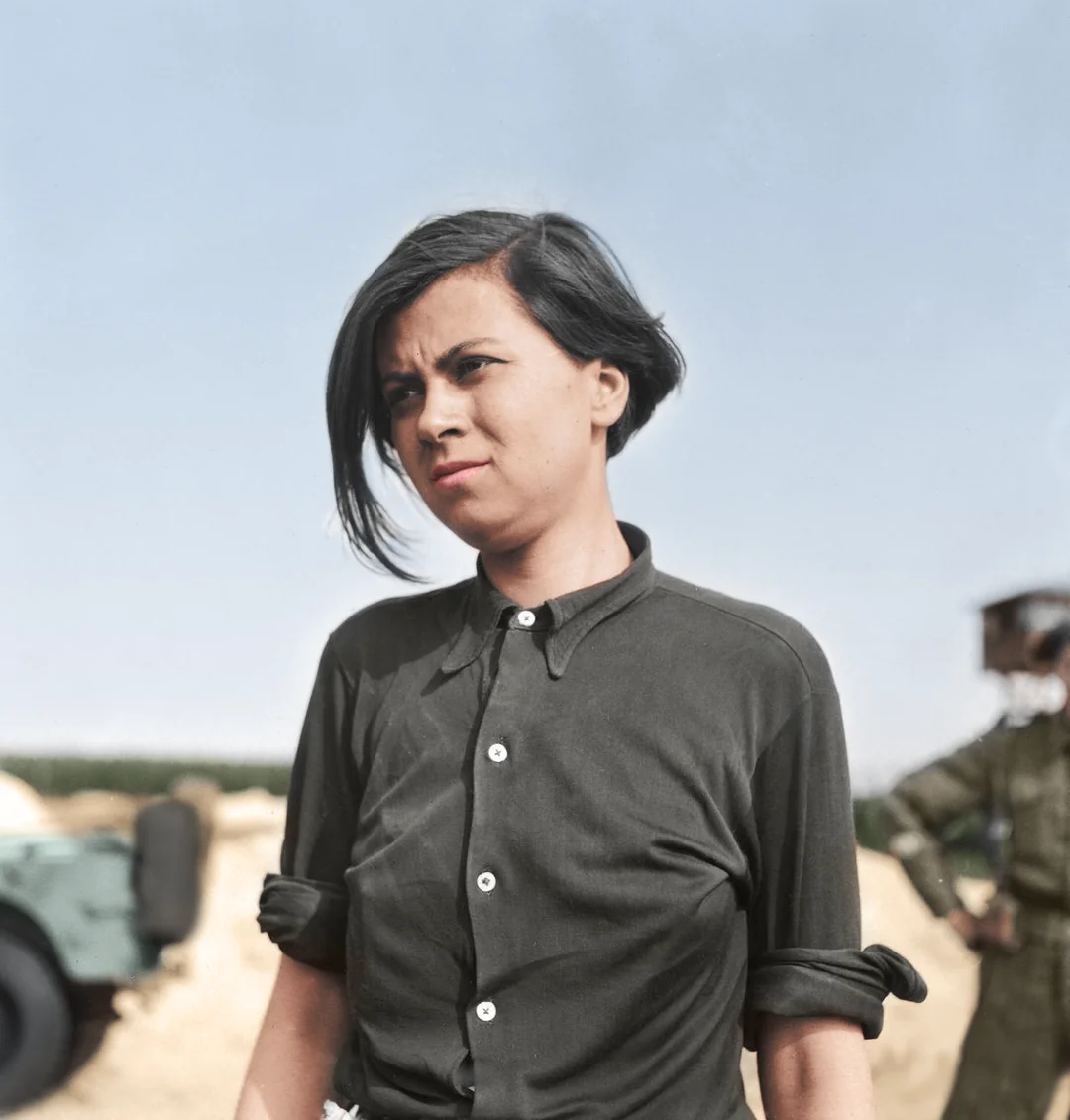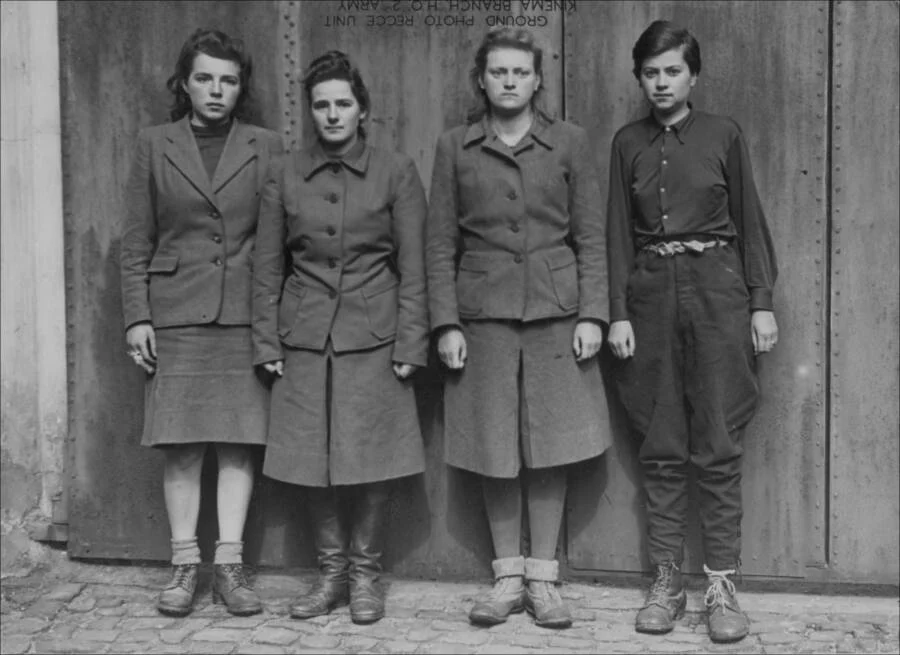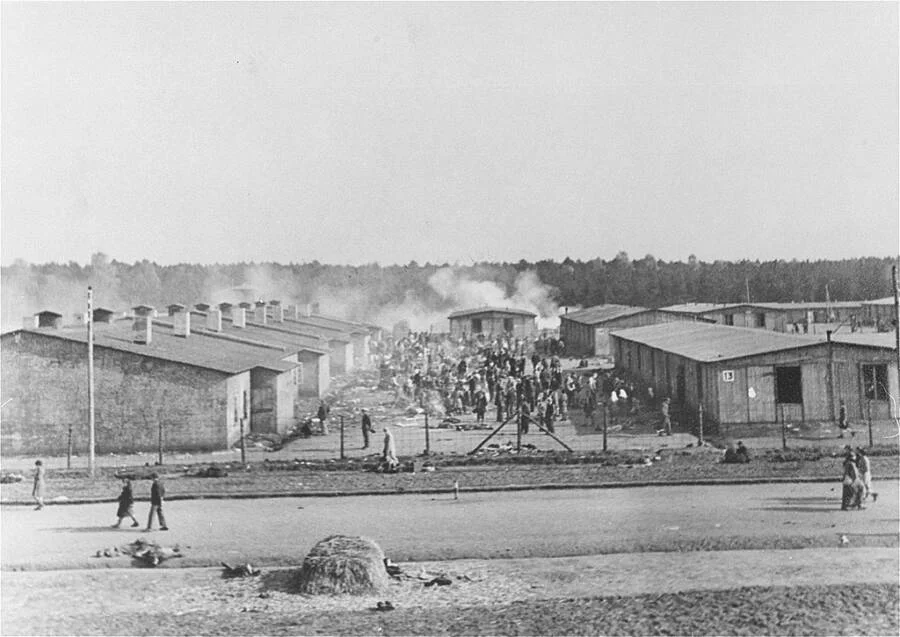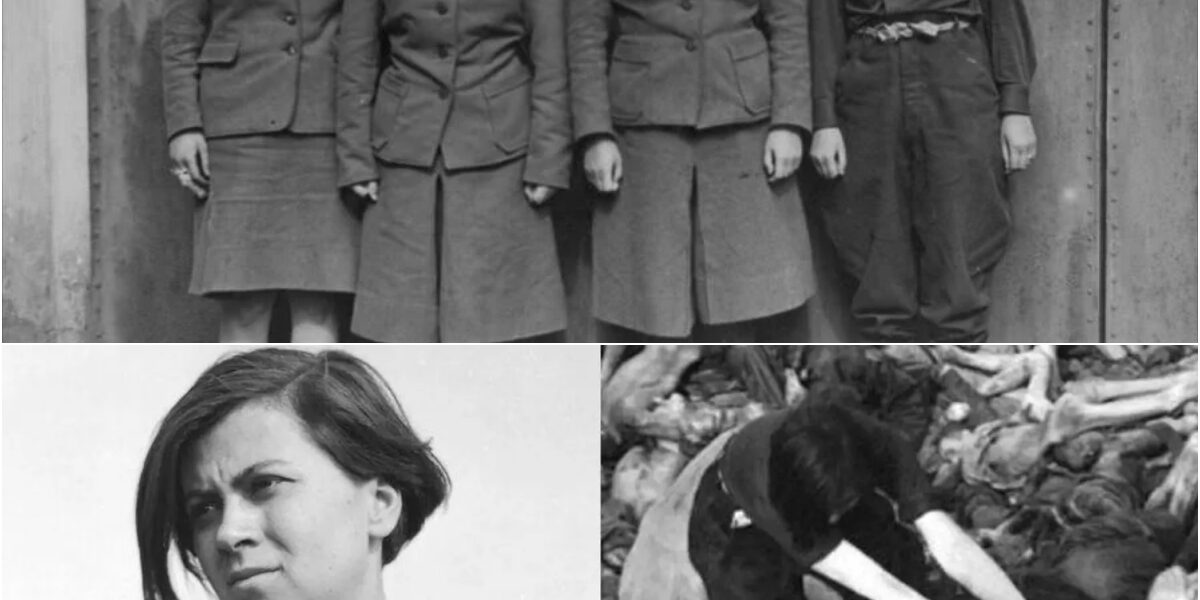The name Anneliese Kohlmann sends shivers down the spine, a chilling reminder of the atrocities committed during the Holocaust. As an SS guard in Nazi concentration camps, Kohlmann’s short but brutal tenure left a legacy of cruelty that shocked survivors and historians alike. X users have recently reignited discussions about her, with posts like: “Anneliese Kohlmann beat prisoners bloody and got just 2 years? Justice failed!” (12,000 likes). From whipping women until they bled to sexually exploiting Jewish inmates, Kohlmann’s actions at Neugraben and Tiefstack camps were heinous, yet she escaped with a mere two-year sentence. This article delves into Kohlmann’s rapid descent into brutality, her complex relationships with prisoners, and the controversial leniency of her punishment, exploring how her story reflects the broader failures of post-war justice.

Anneliese Kohlmann’s journey to becoming one of the most ruthless SS guards began unassumingly. Born in Hamburg in 1921, she joined the Nazi Party at 19 on April 1, 1940, working as a streetcar operator until November 4, 1944, when she was conscripted into the SS Women’s Auxiliary. With just one week of training, she was instructed to treat prisoners harshly, per Angeklagt: SS-Frauen vor Gericht. Assigned to the Neugraben subcamp of Neuengamme, Kohlmann oversaw female prisoners digging anti-tank ditches, quickly earning a reputation for cruelty. X users reflect: “From streetcar driver to monster in months—how does someone change like that?” (10,000 likes).
Kohlmann’s brutality was relentless. Witnesses at her 1946 trial described her whipping women until they bled, striking one until her hands and mouth were bloodied, and beating another with a stick until her arms turned blue. She kicked a pregnant woman so severely that her face remained swollen for a week and sentenced another to 30 lashes for stealing bread. Survivor Marianne Braun testified: “Kohlmann hit me roughly 30 times with a piece of wood in the face, head, hands, arms, and sides,”. Her cruelty targeted older women disproportionately, while younger inmates sometimes received leniency, raising questions about her motives. X posts question: “Why was Kohlmann harsher on older prisoners? Something’s off.” (9,500 likes).

Curiously, Kohlmann’s relationships with younger prisoners, particularly Jewish inmate Helene Sommer, revealed a complex dynamic. Věra Fuchsová, a Czech survivor, recalled Kohlmann, nicknamed “Bubi” for her boyish appearance, treating some young women “kind of ok” and developing a romantic attachment to Sommer. Witnesses noted “caresses” and overnight visits in the barracks, with survivor Franci Solar writing that Kohlmann “came often at night to visit, leaving at dawn,”. This relationship, however, was steeped in coercion, as prisoners traded intimacy for survival necessities like food or safety, per Heinrich Böll Foundation. Fini Patay, a 14-year-old survivor, noted Sommer’s reluctance: “She didn’t want to go with her, but she used her,”. X users debate: “Was Kohlmann’s ‘kindness’ just manipulation? Sickening.” (11,000 likes).

As the war neared its end, Kohlmann’s desperation to evade justice surfaced. On April 8, 1945, she escorted prisoners from Tiefstack to Bergen-Belsen, requesting to stay with her “cousin” Sommer, but was denied by the camp commander. Undeterred, she cycled ten hours back to Bergen-Belsen, donned a prisoner’s uniform, and hid among inmates, hoping to escape to Prague with Sommer. British forces liberated Bergen-Belsen on April 15, 1945, and on April 17, prisoners identified Kohlmann. Fuchsová recalled the dilemma: “She treated us fine, but she was an SS woman, so what to do?”. Kohlmann was arrested and forced to bury victims’ bodies in mass graves, a task photographed by Life magazine’s George Rodger.
At her 1946 Belsen trial in Lüneburg, Kohlmann faced a military tribunal. Prosecutors presented witness testimonies and records confirming her abuses. She defended herself, claiming she beat prisoners to spare them harsher punishments from male guards and highlighting her “kindness” in giving extra food. Her mother testified that Kohlmann hated her job and was depressed on leave, citing health issues like anemia. Despite convictions for whipping pregnant women, kicking inmates unconscious, and sexual exploitation, Kohlmann received only a two-year sentence, reduced by time served, leading to her release on the trial’s final day. X users rage: “Two years for torturing people? The system let her off!” (13,000 likes).
The leniency of Kohlmann’s sentence reflects broader issues in post-war justice. Of 5,000 female guards, few faced severe punishment, with only three, including Irma Grese, sentenced to death. Kohlmann’s short five-month tenure and claim of not killing anyone swayed the court. Post-release, she lived quietly as a truck driver in Hamburg, moving to West Berlin in 1965, and died in 1977 at 56, never acknowledging her crimes. Her story resurfaced in 2013 through Yonatan Calderon’s play Under the Skin, depicting a fictionalized affair between Kohlmann and a Jewish prisoner, sparking renewed debate. X posts note: “Her story in a play? It’s haunting, but we can’t forget the victims.” (8,000 likes).
Anneliese Kohlmann’s brief but brutal tenure as an SS guard exposes the depths of human cruelty and the failures of post-war justice. Her actions—beating, exploiting, and manipulating prisoners—left scars on survivors, yet her two-year sentence underscores how many Nazi perpetrators evaded accountability. X remains ablaze: “Kohlmann’s story is a reminder: justice must honor the victims!” (14,000 likes). Her complex relationships and desperate escape attempt add layers to her infamy, but they cannot erase her crimes. As we reflect on her legacy, let’s amplify the survivors’ voices and ensure history never forgets




